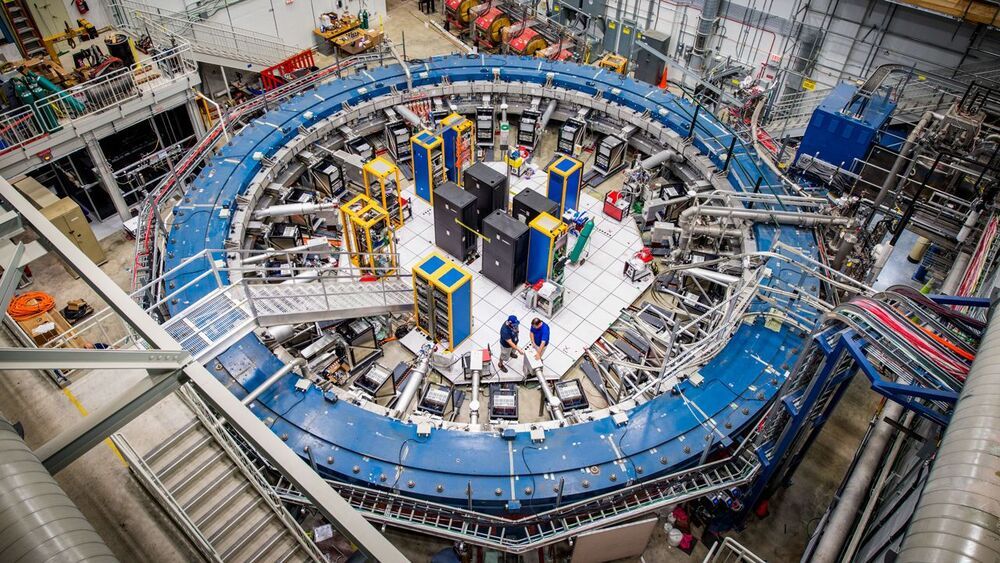As early as March, the Muon g-2 experiment at Fermi National Accelerator Laboratory (Fermilab) will report a new measurement of the magnetism of the muon, a heavier, short-lived cousin of the electron. The effort entails measuring a single frequency with exquisite precision. In tantalizing results dating back to 2001, g-2 found that the muon is slightly more magnetic than theory predicts. If confirmed, the excess would signal, for the first time in decades, the existence of novel massive particles that an atom smasher might be able to produce, says Aida El-Khadra, a theorist at the University of Illinois, Urbana-Champaign. “This would be a very clear sign of new physics, so it would be a huge deal.”
Locked cabinets, a secret frequency, and the curious magnetism of a particle called the muon.
